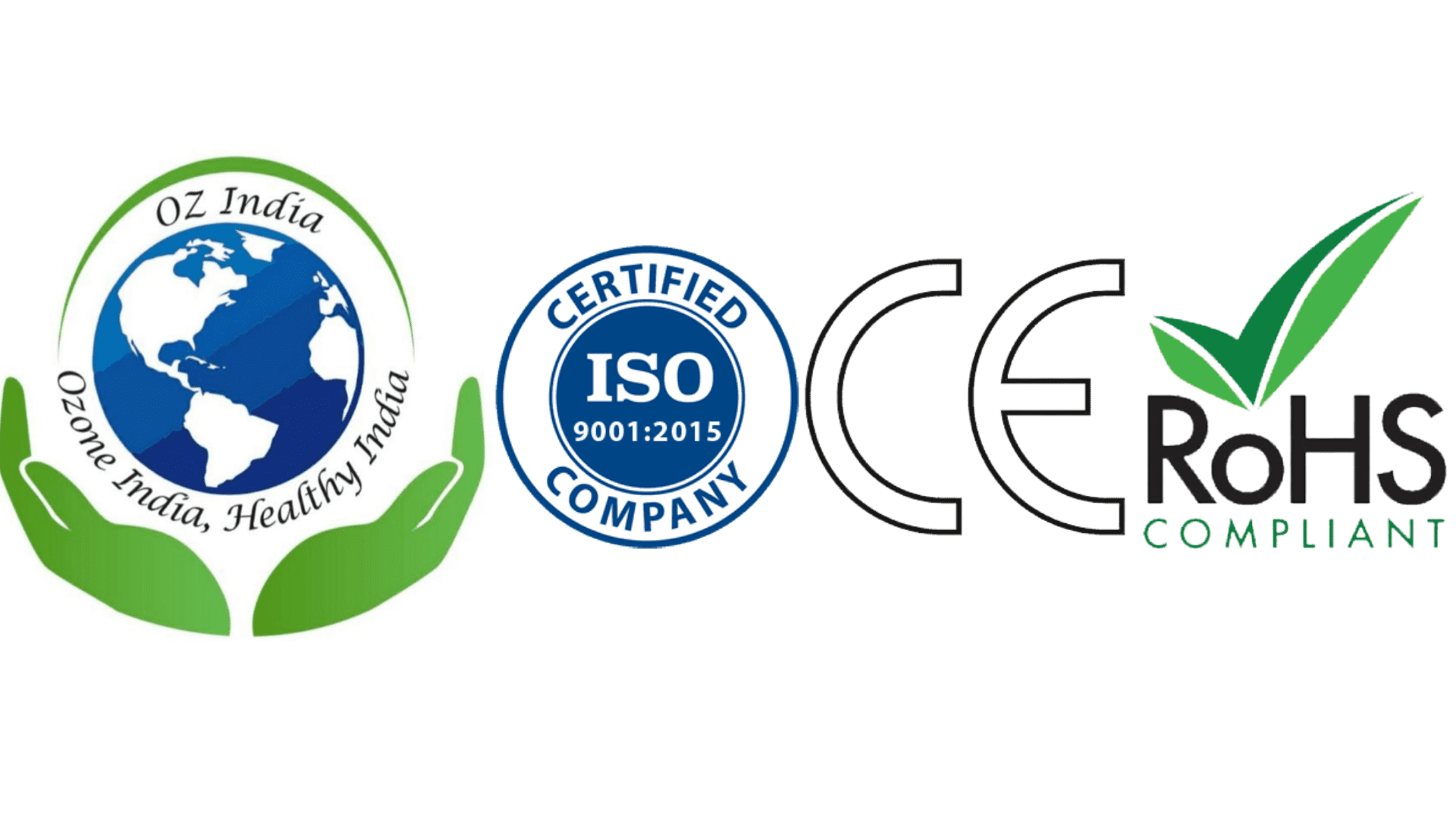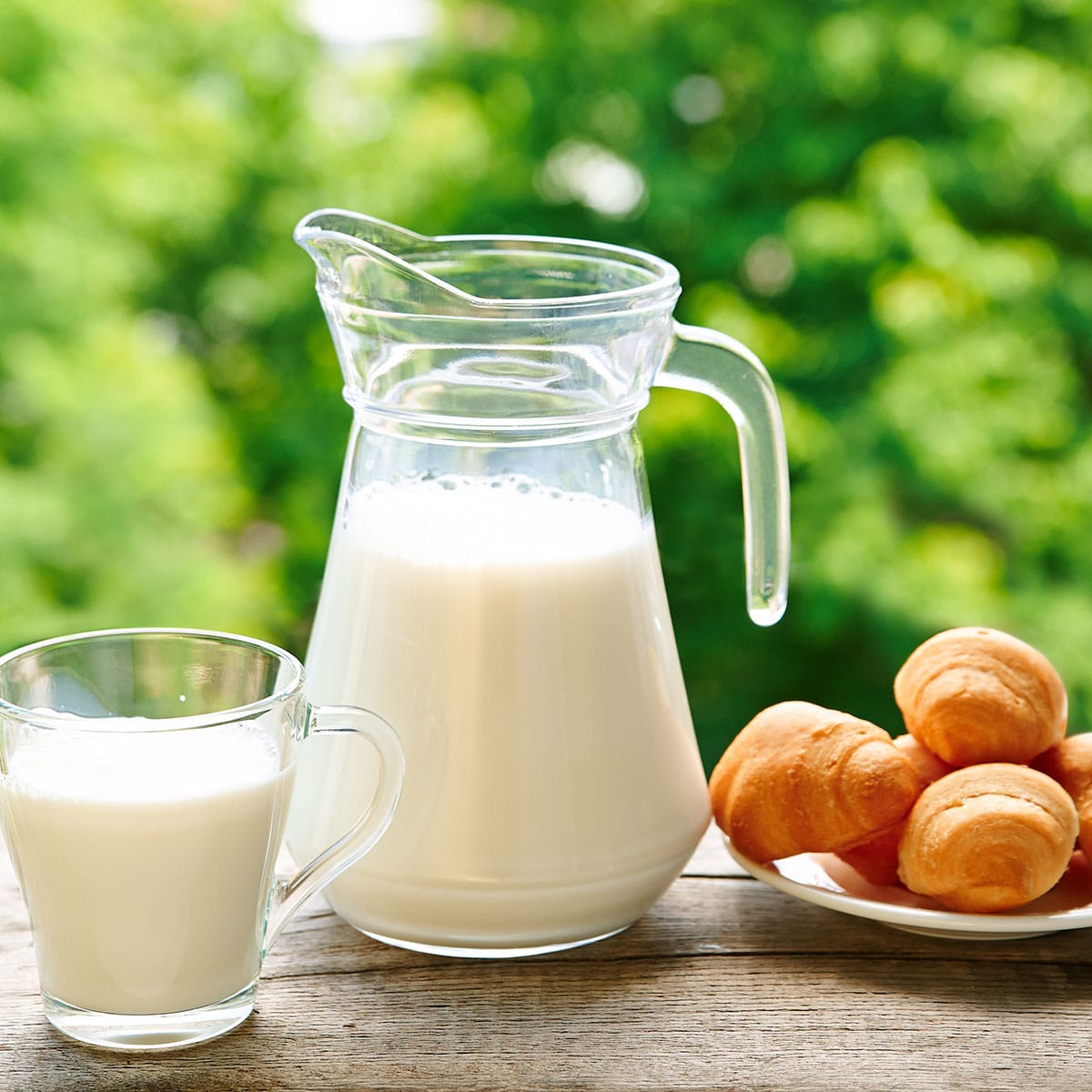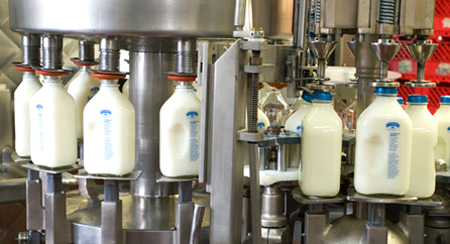OZONE IN STERILIZATION OF PROCESS AREA AND DAIRY PRODUCT
Cleansing of milk is pointed toward killing all microorganisms present, including bacterial spores, so the bundled item can be put away for a significant stretch at surrounding temperature, without decay by microorganisms. Since molds and yeasts are promptly killed, we are just worried about microscopic organisms.
With that in mind, 30 min at 110°C (in-bottle disinfection), 30 sec at 130°C, or 1 s at 145°C generally does the trick. The last two are instances of supposed UHT (super high-temperature, brief time frame) treatment. Warming for 30 min at 110°C inactivates all milk chemicals, yet not every single bacterial lipase and proteinases are completely inactivated.
It causes broad Maillard responses, prompting sautéing, development of a disinfected milk flavor, and some deficiency of accessible lysine; it lessens the substance of certain nutrients; causes extensive changes in the proteins including casein and diminishes the pH of the milk by about 0.2 unit. After warming for 1 s at 145°C synthetic responses barely happen, most serum proteins stay unaltered, and just a frail cooked flavor creates.
It doesn’t inactivate all compounds, e.g., plasmin is not really influenced and some bacterial lipases and proteinases not in the least, and consequently a short warmth treatment is seldom applied (Brennan and Grandison 2008).
The unwanted auxiliary impacts of in-bottle cleansing like sautéing, disinfection flavor, and misfortunes of nutrients can be decreased by UHT sanitization. During bundling of UHT-cleaned milk, pollution by microscopic organisms must be thoroughly forestalled. After UHT cleansing, certain enzymatic responses and physicochemical changes actually may happen.


